Many dogs experience significant distress when visiting the veterinarian. This anxiety can appear as whining, trembling, or refusing to move—turning routine check-ups into stressful ordeals for both pets and owners.
This widespread issue highlights the need for effective strategies to reduce fear and build positive associations with veterinary care. By understanding the roots of this anxiety and applying proactive measures, we can improve cooperation during exams, boost health outcomes, and strengthen the human-animal bond.
The real challenge lies in reshaping the dog’s perception of the entire experience—from the car ride to the clinic to the examination room. This guide shares actionable insights and expert advice to help your dog approach vet visits with less fear, and perhaps even with calm anticipation.
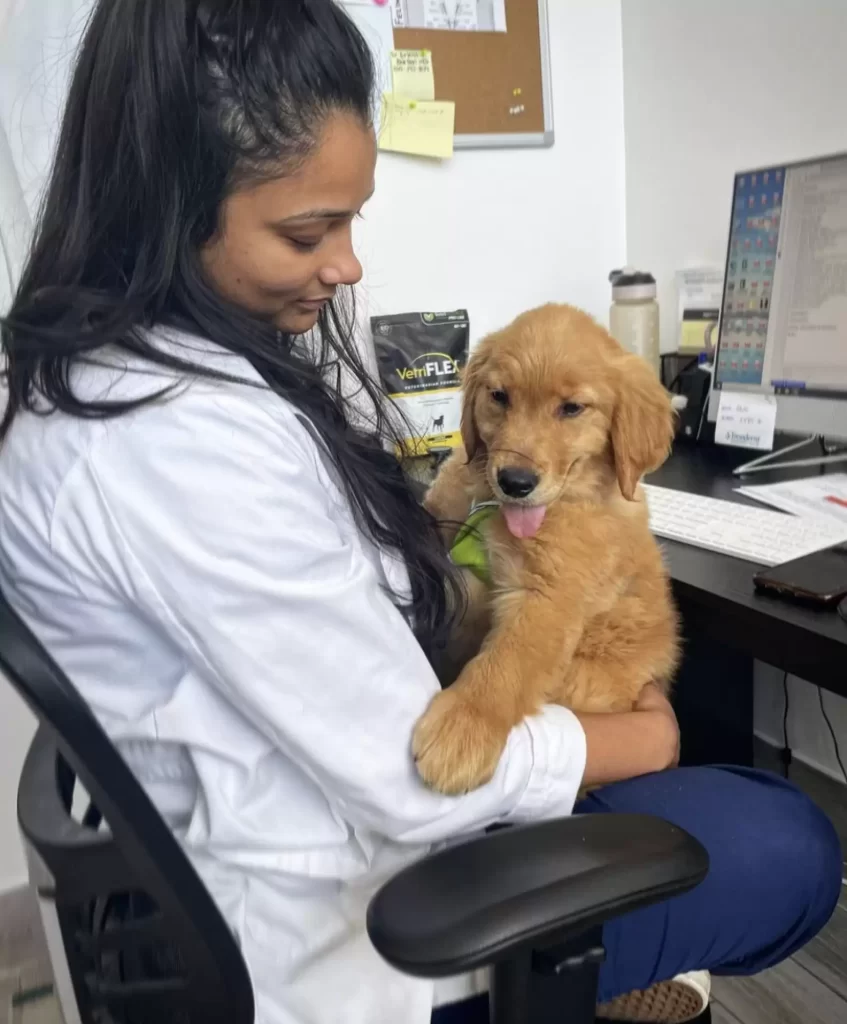
Creating Positive Early Experiences
Building a healthy relationship with veterinary care starts well before any appointment. Experts agree that early and consistent positive reinforcement is key to raising a calm, cooperative patient.
By gradually introducing elements of a veterinary visit in a non-threatening, rewarding way—such as mock exams or exposure to clinic sounds and smells—owners can prevent fear from developing. Gentle handling and regular treats during these moments reinforce good feelings around vet-like scenarios.
The goal is to help dogs see the vet’s office not as a source of fear, but as a place where they get love, snacks, and praise.
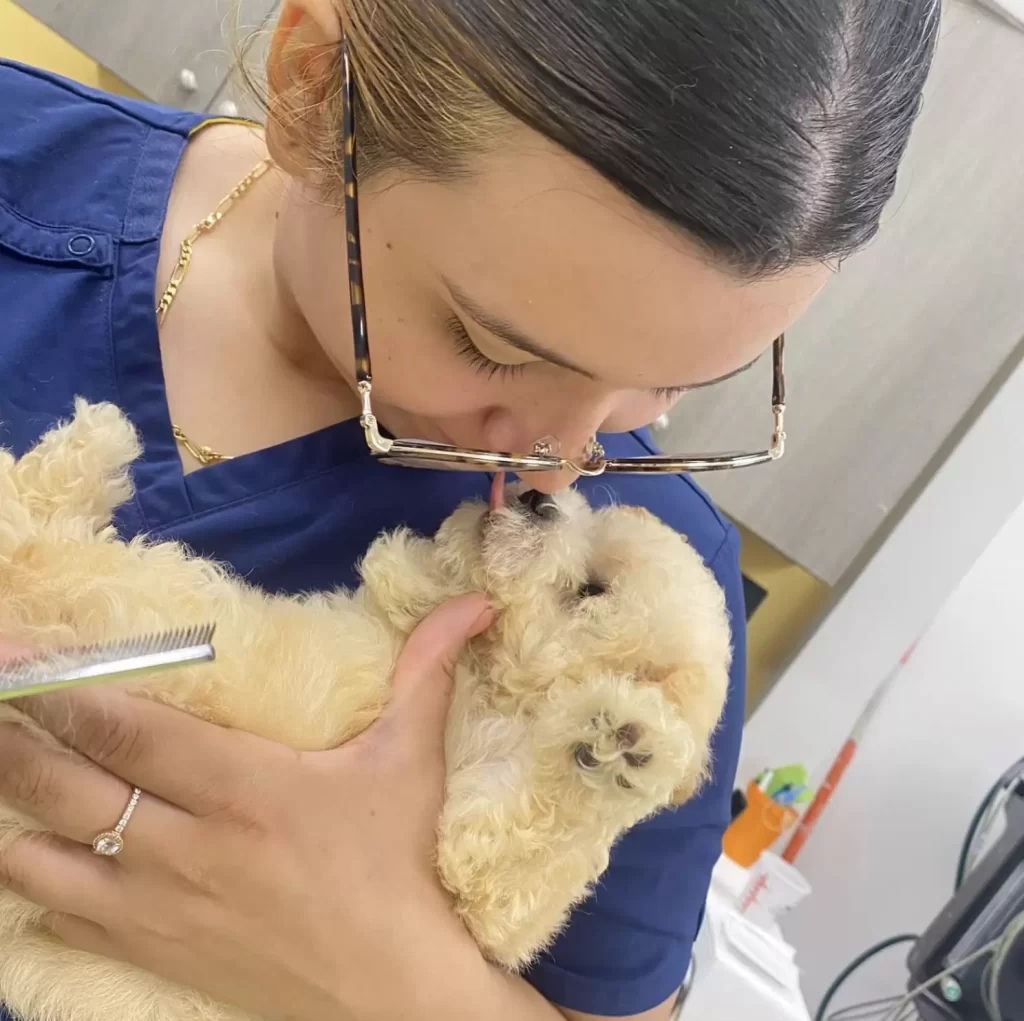
Reducing Stress During Car Rides
For many dogs, anxiety begins even before reaching the clinic. The car ride itself—filled with strange motions and sounds—can be overwhelming.
To address this, gradually condition your dog to feel safe in the vehicle. Start with calm interactions around the parked car, offering praise and treats. Then move to short, low-stress drives that always end in fun, like a walk in the park—not just the vet.
Over time, this helps your dog view car rides as a neutral or even enjoyable part of life.
Making the Clinic a Friendly Place
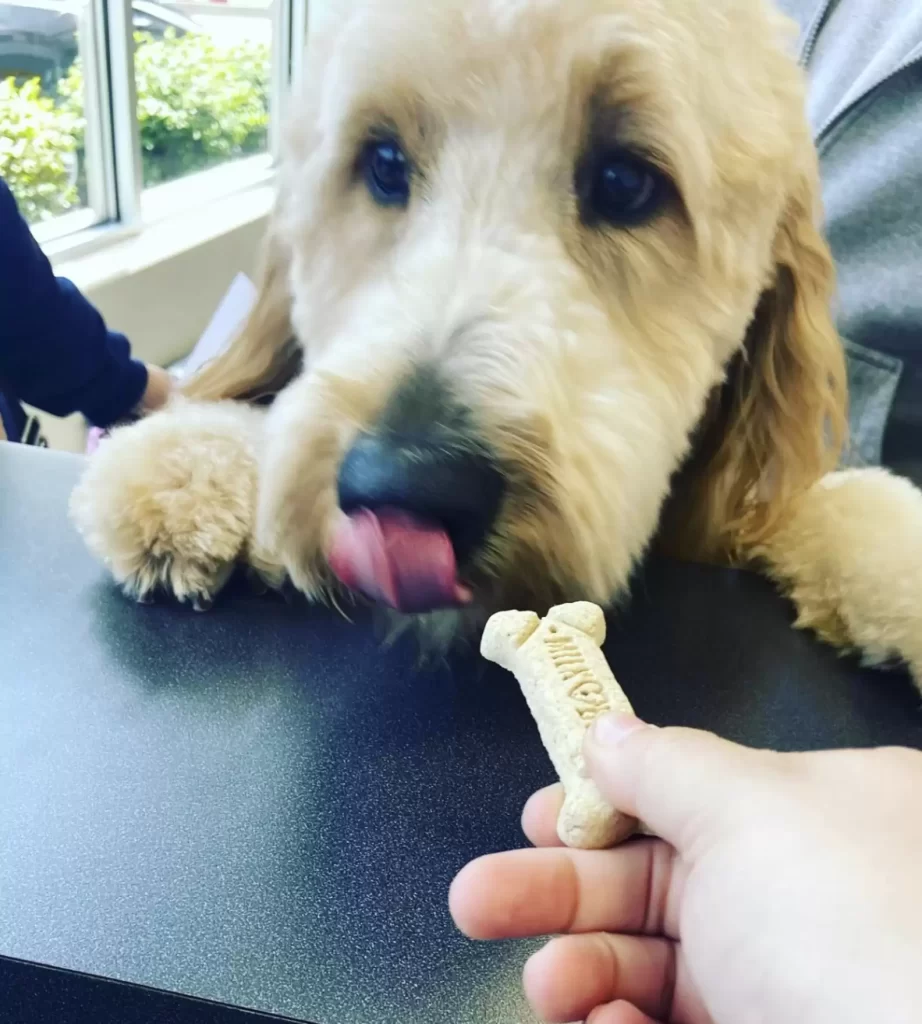
One powerful tool for reducing clinic anxiety is the “happy visit.” These are short, non-medical visits designed to build positive associations with the vet’s office.
During these visits, your dog can receive praise and treats from staff, explore the space, and get comfortable—all without any medical procedures. Nothing painful or scary happens, which helps break the link between the clinic and fear.
Call ahead to check if your vet offers happy visits. With repetition, your dog may begin to see the clinic as a friendly place instead of something to dread.
Using Treats, Toys, and Calming Products
Bringing your dog’s favorite toys and treats can make a huge difference during appointments. These familiar items serve as comfort tools, distractions, and rewards for good behavior.
If treats and toys aren’t enough to ease serious anxiety, talk to your vet about calming supplements or medication. These tools aren’t sedatives—they’re designed to lower stress levels safely, so your dog can better handle the visit.
Always consult a professional before using these products to ensure they’re safe and effective for your dog’s specific needs.
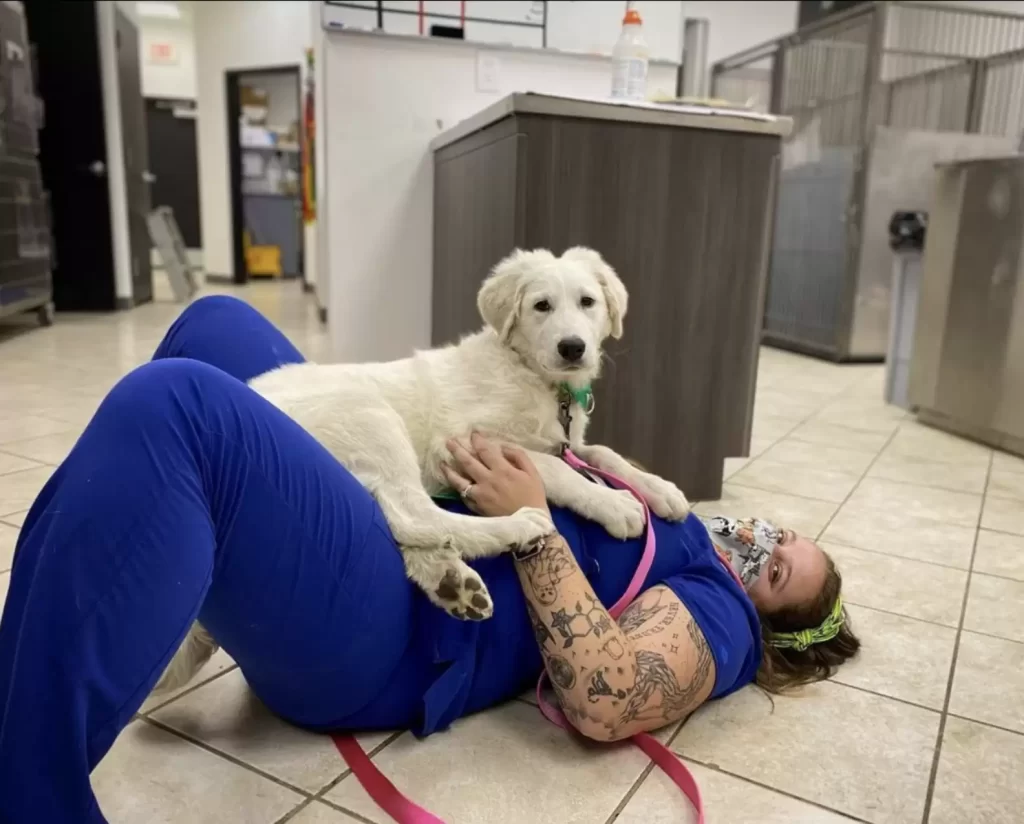
How Pet Parents Can Help
Your own behavior at the vet can deeply affect your dog’s emotional state. Dogs are highly sensitive to our emotions—they can sense if you’re stressed, tense, or calm.
Veterinarians recommend staying composed, using a soft voice, and offering consistent reassurance. Avoid sudden movements or nervous tones. Calmly petting your dog and speaking gently can reassure them that they’re safe.
When you remain relaxed, your dog is more likely to mirror that energy, reducing their anxiety and making the appointment smoother for both of you.
When Medication Becomes Necessary
Despite the best preparation, some dogs still suffer from severe anxiety that behavioral strategies alone can’t overcome. In such cases, your vet may recommend anti-anxiety medication.
These aren’t sedatives—they work by lowering the dog’s baseline anxiety, making them more receptive to positive experiences. These medications are typically given a few hours before a vet visit and are safe when used under veterinary supervision.
They aren’t a replacement for training but can support it by helping dogs stay calm enough to learn and form new, positive associations.
Working with a Professional Trainer
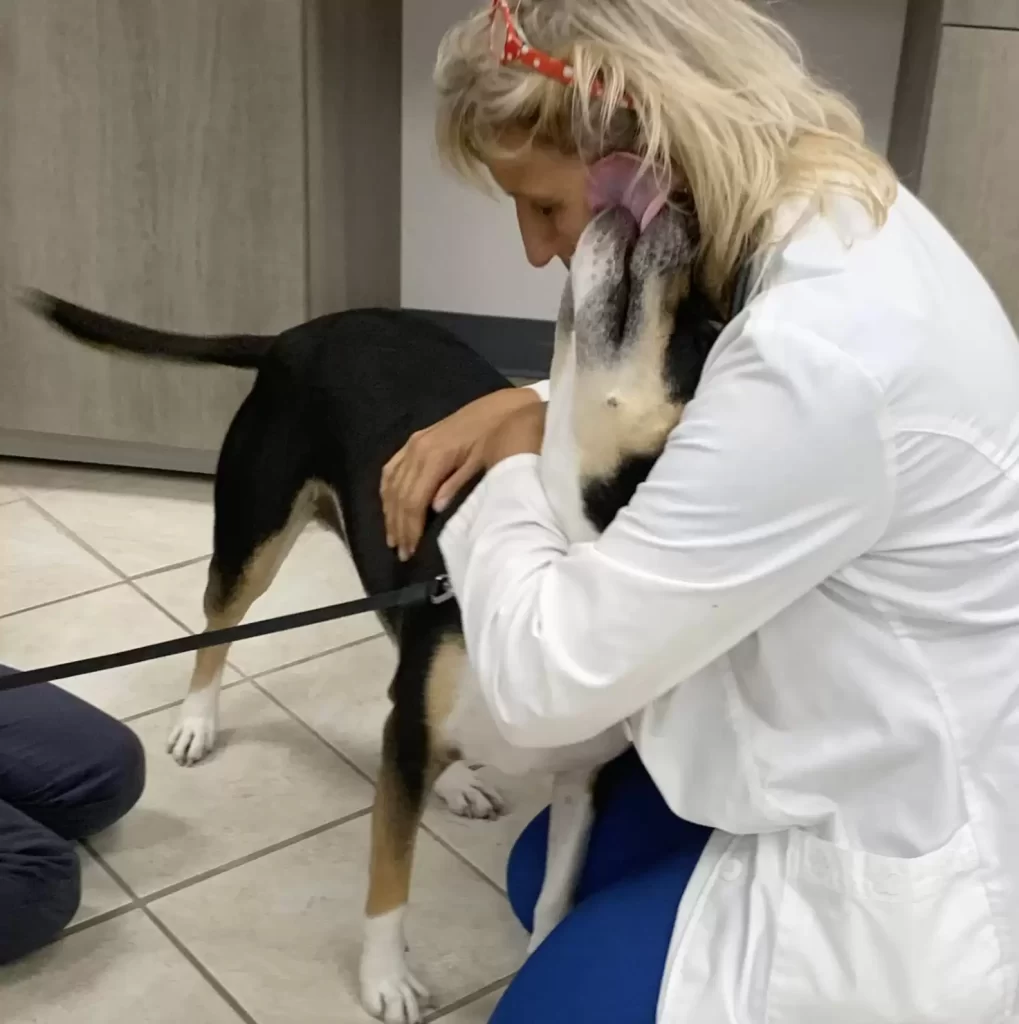
Sometimes, vet anxiety is a symptom of deeper behavioral issues. For dogs with fear-based aggression or long-standing anxiety, working with a certified professional trainer is a wise step.
These trainers use science-backed methods to help both dog and owner. They focus on teaching coping skills, desensitization techniques, and how to manage specific triggers.
Trainers also prepare dogs for future appointments, offering personalized guidance. Their work often includes homework for owners, turning training into a collaborative journey toward a more confident and secure pet.
A Holistic Way Forward
Helping dogs overcome vet-related anxiety requires a well-rounded approach. It begins with early positive experiences and includes car conditioning, happy visits, emotional support from the owner, and calming tools when needed.
In more severe cases, medication and professional training round out the strategy, ensuring each dog has what they need to feel safe.
The goal isn’t just a successful vet visit—it’s a lifetime of easier healthcare, deeper trust, and a stronger bond between pet and owner.
